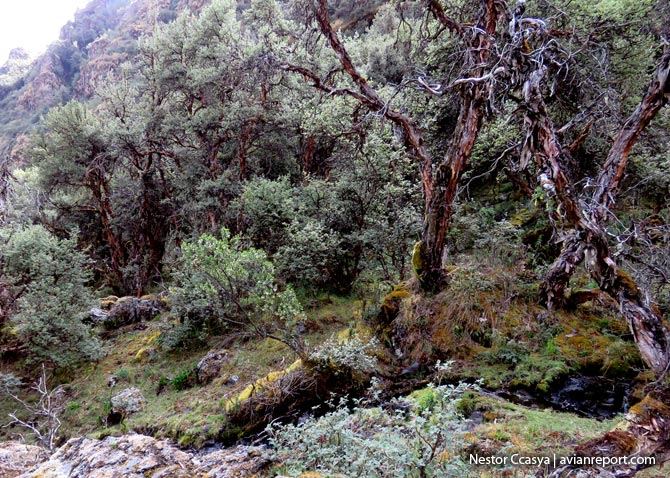Threats to Birds
Destruction of the tropical humid montane forests to give way to a coffee plantation. Threats to Birds Birds are the most representative and ubiquitous group of animals. Any natural area is reasonably the habitat for one or many bird species. Precisely because birds occupy almost all habitats on earth, any human activity that involves the […]







